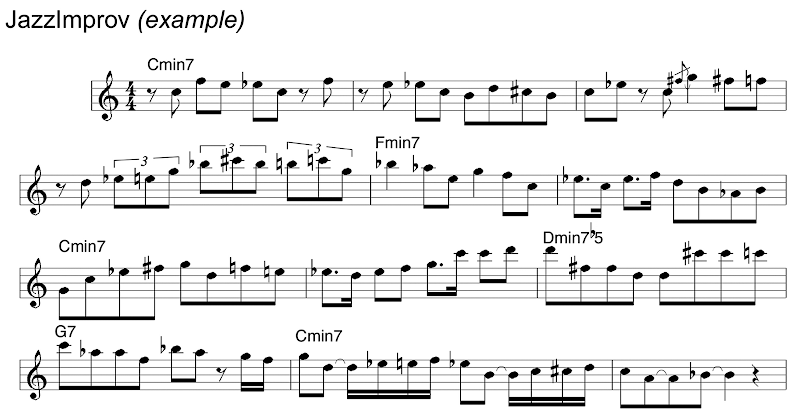 How and why did humans evolve the ability to make and hear music?
How and why did humans evolve the ability to make and hear music?It's easy to understand how stronger muscles, sharper eyes and a smarter brain would be great survival traits. The capacity to speak makes evolutionary sense as well - just the ability to yell "Sabertooth on your left!" at the right time would be huge.
However, when we got speech, we also got a lot more than just the power to grunt a few simple words. It would seem that this skill came bundled with the ability to hear four-part harmonies and appreciate the counter-melodies of Bach. But how does that make any Darwinian sense? What's the survival benefit of a sonata? In The Cerebral Symphony, William Calvin opines:
I'll bet that music is going to turn out to be a secondary use of some neural structure selected for its usefulness in some serial-timing task like language or throwing -- and used in the off-hours for music.In a recent PLOS paper, researchers used functional MRI (fMRI) to take a peek under the hood of the brains of jazz musicians.

Axial slice renderings of mean activations (red/yellow scale bar) and deactivations (blue/green scale bar) associated with improvisation during Scale and Jazz paradigms. From: Limb CJ, Braun AR (2008) Neural Substrates of Spontaneous Musical Performance: An fMRI Study of Jazz Improvisation. PLoS ONE 3(2): e1679. doi:10.1371/journal.pone.0001679An fMRI machine measures real-time changes in brain blood flow while a subject is doing something of interest. Hopefully, this changing blood flow also closely mirrors changes in local neural activity. The end result is a 3D map of which specific cerebral wheels, gears and pulleys are turning while one, say, takes a poop or improvises on a Bach fugue.
As a researcher, I was impressed with the authors' clever study design, which put 6 professional jazz pianists (one at a time, that is) into an fMRI machine with a non-ferromagnetic MIDI keyboard. They then recorded the MIDI output from this keyboard while creating simultaneous fMRI maps of brain activity. First, the musicians played a control piece: a simple one-octave C major scale in quarter notes. They were then asked to play an improvised melody, but were restricted to the use of C major scale quarter notes within the same octave. Next, they were asked to play a pre-memorized original jazz composition, in synchrony with a pre-recorded music-minus-one jazz quartet. Finally, they were allowed to cut loose and improvise freely with the pre-recorded accompaniment.

The authors conclude:
Our results strongly implicate a distinctive pattern of changes in prefrontal cortical activity that underlies the process of spontaneous musical composition. Our data indicate that spontaneous improvisation, independent of the degree of musical complexity, is characterized by widespread deactivation of lateral portions of the prefrontal cortex together with focal activation of medial prefrontal cortex. This unique pattern may offer insights into cognitive dissociations that may be intrinsic to the creative process: the innovative, internally motivated production of novel material (at once rule based and highly structured) that can apparently occur outside of conscious awareness and beyond volitional control.As a radiologist, I'm delighted to see cool new uses of the machines I work with every day. When I started my career, we were happy just to be able to distinguish gray matter from white matter. It now appears that we are beginning to look at some of the nuts and bolts of creativity itself.
As a musician, a part of me will continue to nurse a small, Luddite hope that we don't discover all of the brain's secrets too quickly. After working with high tech gear all day, it's great solace to retreat to the atavistic pleasures of folk music and dance -- things I can enjoy even miles from electricity. For now, I'll continue to routinely deactivate major portions of my prefrontal cortex when I'm away from work, and let my instruments and my body move through the music on cerebellar cruise control alone.
(hat tip to Medgadget, whose post, This is Your Brain on Jazz, has a much better title than mine.)
Update, 3/5/08: This PLOS paper has just been featured in USA Today. To see what a keyboard player in an MR scanner looks like, see here.






No comments:
Post a Comment